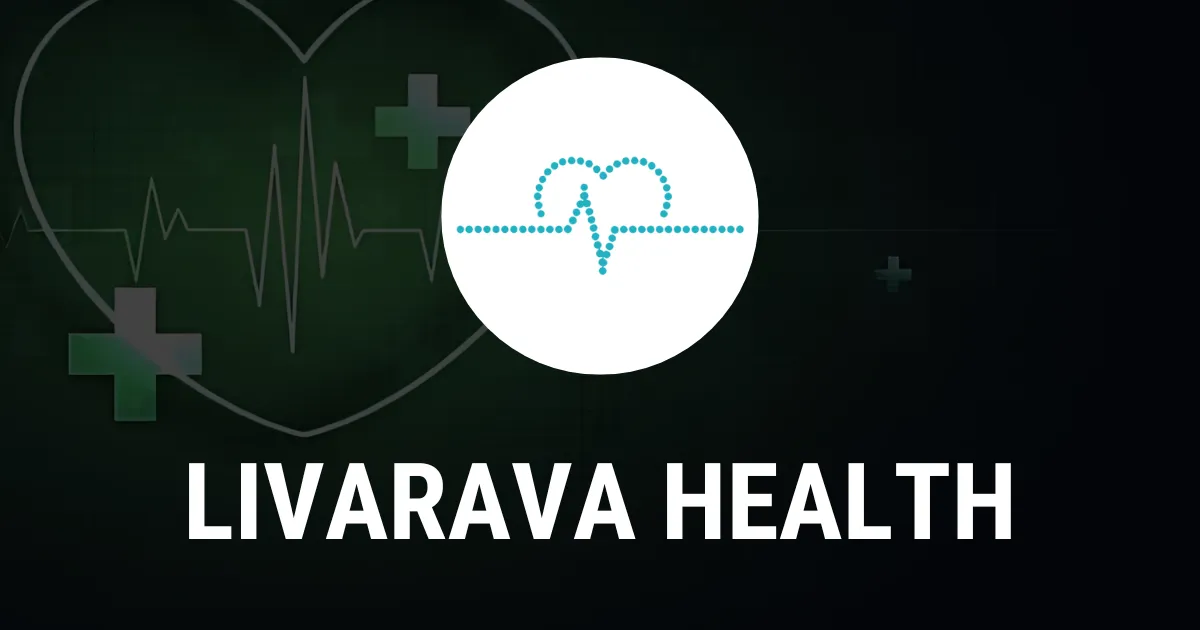Obesity Rates in the US: Understanding the Latest Findings

Current Obesity Rates Across the US
New information from the Centers for Disease Control and Prevention sheds light on the alarming rates of obesity in America. As of 2023, at least 35% of adults are considered obese in 23 states, an increase from last year. This troubling statistic indicates a need for increased public health initiatives.
States with the Highest Obesity Rates
- West Virginia (41.2%)
- Mississippi (40.1%)
- Arkansas (40%)
- Louisiana (39.9%)
- Alabama (39.3%)
- Oklahoma (38.2%)
- Indiana (37.8%)
- Iowa (37.8%)
- Tennessee (37.6%)
- Nebraska (36.6%)
States with the Lowest Obesity Rates
- District of Columbia (23.5%)
- Colorado (24.9%)
- Hawaii (26.1%)
- Massachusetts (27.4%)
- California (27.7%)
- New York (28%)
- Vermont (28.8%)
- New Jersey (28.9%)
- Connecticut (29.4%)
- Florida (30.1%)
Understanding Body Mass Index
The Body Mass Index (BMI) is a crucial tool that helps categorize individuals based on weight relative to height. An individual is obese with a BMI over 30; for example, a 6-foot tall person weighing 221 pounds falls into this category. Conversely, those with a BMI between 25 and 29.9 are classified as overweight.
For comprehensive information on obesity trends and health impacts, health experts recommend regular evaluations and community support initiatives to combat this rising epidemic.
Disclaimer: The information provided on this site is for informational purposes only and is not intended as medical advice. We are not responsible for any actions taken based on the content of this site. Always consult a qualified healthcare provider for medical advice, diagnosis, and treatment. We source our news from reputable sources and provide links to the original articles. We do not endorse or assume responsibility for the accuracy of the information contained in external sources.
This article was prepared using information from open sources in accordance with the principles of Ethical Policy. The editorial team is not responsible for absolute accuracy, as it relies on data from the sources referenced.